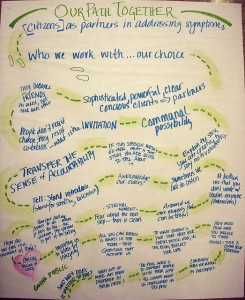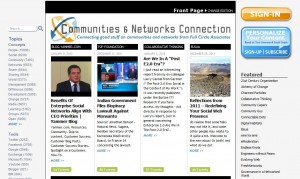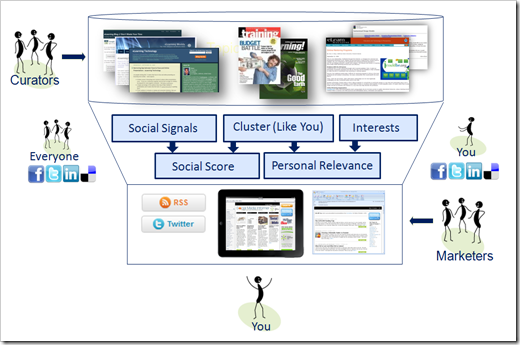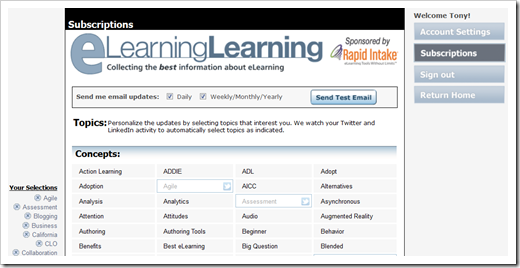 …at a restaurant! From: Foodtography: Seattle Is Not Jumping on the NYC Train of Banning Cameras at the Table. The context is Brian Canlis, co-owner of Seattle’s iconic Canlis restaurant, talking about how to deal with disruptions. In this case, the disruption is people taking flash pictures of their food! Substitute “customer service” with “facilitation.” Think about how we handle disruptions when people are meeting and working together…
…at a restaurant! From: Foodtography: Seattle Is Not Jumping on the NYC Train of Banning Cameras at the Table. The context is Brian Canlis, co-owner of Seattle’s iconic Canlis restaurant, talking about how to deal with disruptions. In this case, the disruption is people taking flash pictures of their food! Substitute “customer service” with “facilitation.” Think about how we handle disruptions when people are meeting and working together…
Has he ever told someone to put the camera down?
“Yes, if it intrudes on the table next to them having a good time? Absolutely, I’ll do something! But I’m not going to ban it! I’m gonna look at, how can I find a new way to make this guest really happy? So if their flash is upsetting a table next to them, I’m going to invite them back to the kitchen, invite them to the wine cellar. Do you want to take pictures down there, because it’s bright and beautiful. Offer to send them my photos because I take photos of all our food here, for the website.”
Brian is certain that excellent customer service can solve any problem and he thinks completely banning photography at the table is just lazy.
“It seems like such a short sided, ego driven, silly thing to do. You’re getting in the way of people having fun. Canlis is an altar to our guests. They’re the whole reason we’re here and the whole restaurant revolves around them. I think restaurants that are doing bans like that are altars to the chef. The guest is asked to come in and revolve around them.”
When we facilitate, we want to move the “action” forward to create the conditions for groups to accomplish their goals. A pile of rules may only constrain. A creative perspective on a challenge may open up whole new vistas of understanding and work. Invite — a terrific word — these new perspectives, rather than blocking perceived disruption. Nice example, Brian. Thanks!



 I’m continuing cleaning up and adapting my
I’m continuing cleaning up and adapting my 
